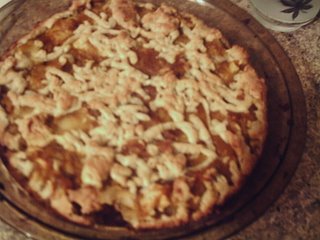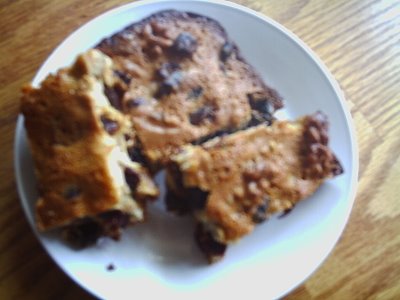I’m always looking to expand my arsenal of simple fruit cake recipes (more on fruit cakes—not the Christmas kind). This recipe is a fast contender for a summer favorite. You beat together some butter, sugar, an egg and flour, and plop the batter over chopped fruit. The recipe calls for rhubarb, but this would work just as well with apples. The batter spreads as it bakes, creating a cake layer to cover the jammy, pudding-y fruit.
Here’s the recipe, via the Journal Sentinel’s Sunday food section, with a few modifications.
Cube rhubarb or apples into ½-inch chunks—you should have about four cups. Set aside.
Preheat the oven to 350 degrees.
Combine 1cup flour, 1 ¼ tsp. baking power and 1/8 tsp. salt; set aside. In a big bowl, beat 5 tablespoons unsalted, room-temperate butter with a mixer until smooth. Add 2/3 cups sugar, beat well. Add 1 tsp. vanilla extract, ¼ tsp. cinnamon and 1 egg; beat well. Add the flour and ½ cup milk alternately to the sugar mixture; combine until just smooth.
Butter an 8-inch baking dish and spread the fruit in the dish. Sprinkle with about 2/3 cup sugar (less, maybe ½ cup, if you’re using apples, especially if they’re on the sweeter side).
Spoon batter over the fruit—don’t worry if it doesn’t cover all the fruit; the batter will spread and plump up while baking. Bake about 45 minutes, and let cool before eating.
Good with whipped cream or ice cream…but who am I kidding, perfect when eaten with a spoon right out of the pan.

























